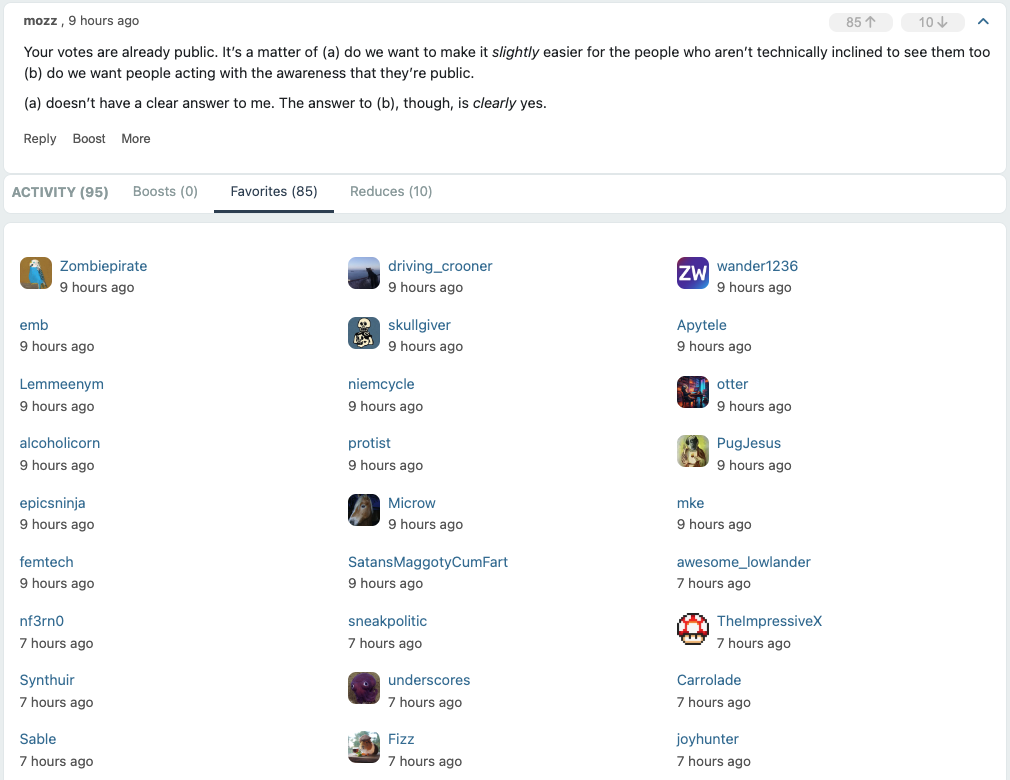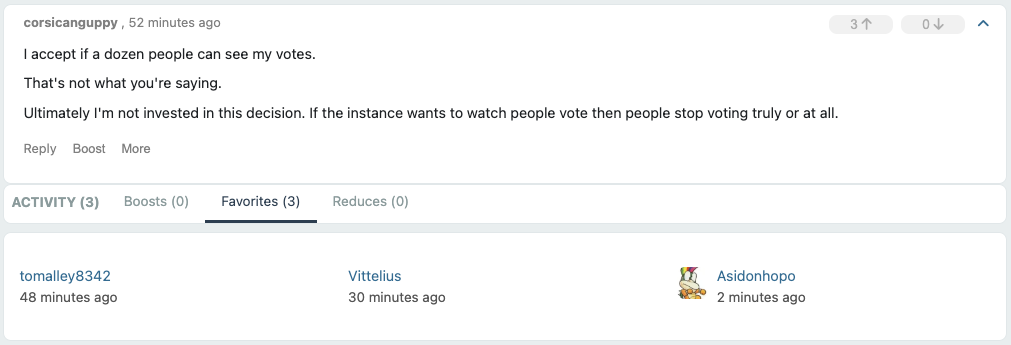

How about you assume less? I spent 40+ minutes looking for this here, here, here and here and I’m already fairly familiar having done work on two other ActivityPub based projects.
In addition public-addressing (or the lack of use thereof) in no way claims to achieve what you’ve stated - which is probably why it’s not the answer to my query.









Hugo can be as simple as installing it, configuring a site with some yaml that points at a really available theme and writing your markdown content.
It gets admittedly more complex if you’re wanting to write your own theme though.
But I think this realistically applies to most all static site generators.